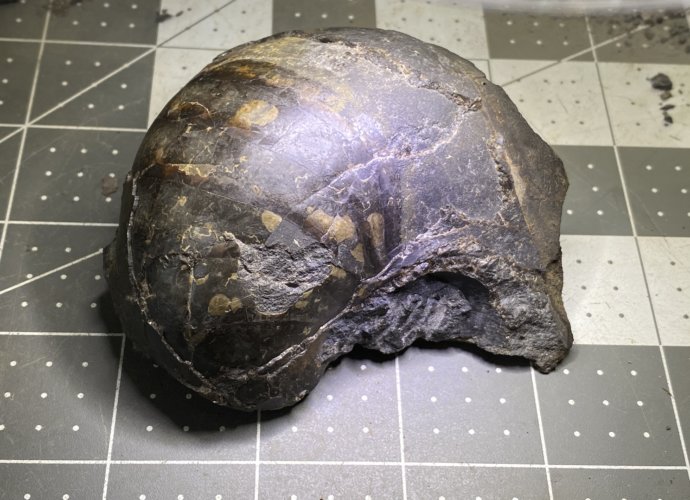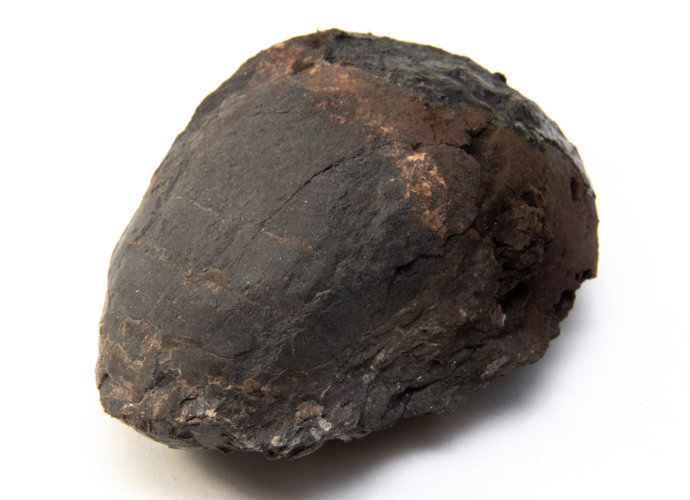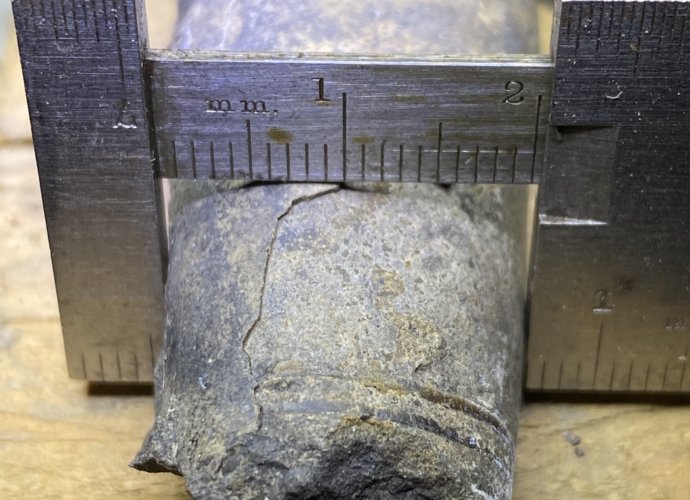Cephalopod – Possibly Domatoceras
This large cephalopod was found in Brush Creek Limestone locally. The body chamber is large and is part of the demineralized layer that is a bit softer. I have spent a few bits of time working away from the limestone while trying to preserve the fossilized shell layer. The shellRead More →










